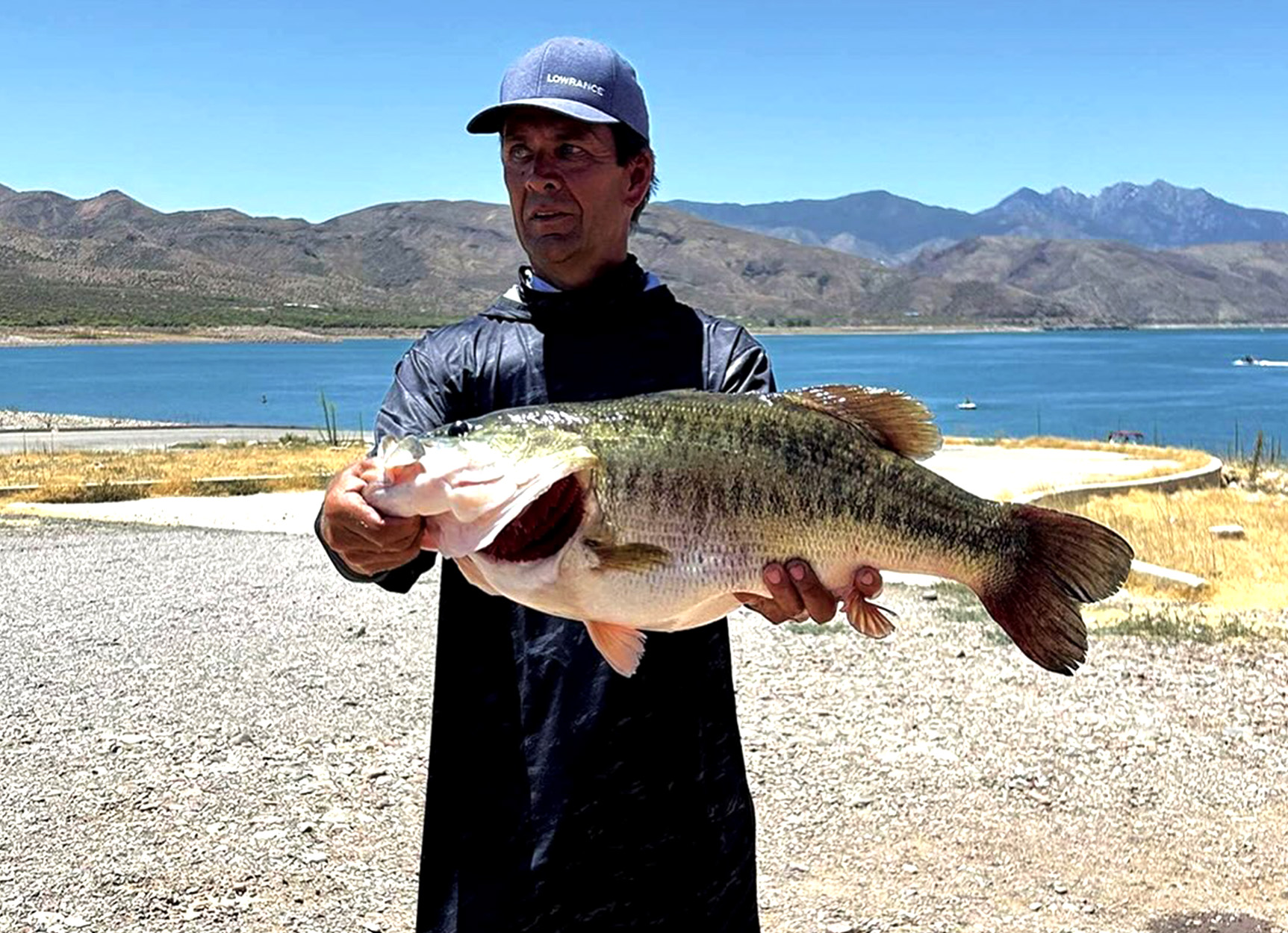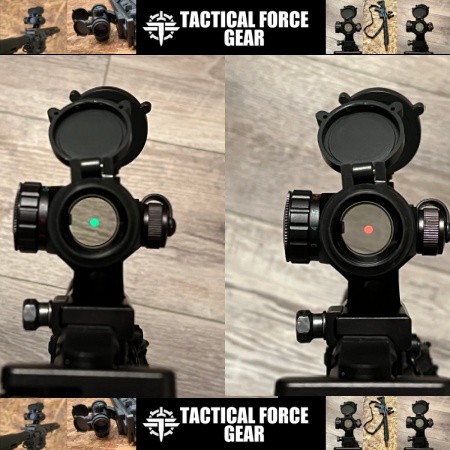Selecting body armor is a technical decision, not an emotional purchase. Today’s market is saturated with options, from established American body armor manufacturer brands to anonymous imported products, making the selection process challenging. Distinguishing a quality, verified product from marketing hype requires knowing where to focus your attention.
A manufacturer’s reliability is determined by three key pillars: verifiable certification, transparency in production processes, and accessible test data. This guide examines each of these critical factors.
The Non-negotiable Foundation: Certification
Certification is not merely a label on a product but objective evidence that the body armor has undergone rigorous independent testing. The National Institute of Justice (NIJ) stands as the primary government authority in the United States that establishes uniform standards for ballistic protection. It’s standard represents the starting point for any serious analysis. A critical distinction exists between models officially certified by NIJ and listed in its database versus those that manufacturers claim are merely “tested according to NIJ standards”. The former represents a verified fact; the latter is simply a marketing statement.
Another important marker is ISO 9001:2015 certification. This document pertains not to the body armor itself but to the quality management system at the manufacturing facility. Its presence indicates that the company has established stable, controlled, and repeatable manufacturing processes. This significantly reduces the risk of factory defects and ensures that armor manufactured today will maintain the same characteristics as armor produced six months later.
Verifying NIJ certification is a simple and mandatory first step. Here is a straightforward verification process:
- Visit the official NIJ website and locate the Compliant Products List (CPL).
- Enter the manufacturer’s name or exact model number.
- Confirm the model appears on the list and corresponds to the claimed protection level.
- Verify that its listing has not expired.
Thus, official NIJ certification represents a fundamental, non-negotiable criterion. An ISO 9001 certificate, in turn, serves as an additional but significant indication of the company’s manufacturing reliability and consistency.
Transparency of Materials and Production
After verifying certifications, it is necessary to examine what lies “under the hood”. A reliable manufacturer always discloses what materials comprise their products. Vague descriptions such as “high-tech composite” or “military-grade ceramics” without specifics should raise concerns. Look for precise specifications: whether the product uses aramid fibers from DuPont (Kevlar®) and Teijin (Twaron®) or ultra-high-molecular-weight polyethylene (UHMWPE) from Honeywell (Spectra®) and DSM (Dyneema®). References to specific raw material suppliers and their countries of origin demonstrate transparency and confidence in quality.
Control over the production chain is equally important. A significant difference exists between a company that manufactures armor plates using its equipment in the United States and one that simply orders finished products from Asia and applies its logo. Complete control over the process, from cutting ballistic fabric to sealing the protective package, enables consistently high quality. Always check the manufacturing date on the label. Ballistic materials degrade over time, which is why the standard warranty for ballistic properties typically extends five years from the production date.
Ultimately, a company proud of its products will not conceal information about materials and manufacturing processes. Transparency in these matters directly indicates reliability and respect for the customer.
Test Data: Evidence Above All
NIJ certification establishes the minimum acceptable safety level. However, leading manufacturers do not stop there. They regularly conduct additional tests to confirm and exceed baseline standards. These may include internal testing of each new batch of raw materials and independent laboratory tests for resistance against “Special Threats”, which are common ammunition types not included in the standard NIJ protocol, such as the M855 round.
A key indicator of transparency is the willingness to provide ballistic lab reports. Any reputable manufacturer either publishes these on their website or provides them upon request. Examining such reports can yield valuable information.
Essential data that should appear in an independent laboratory report include:
- The name and accreditation of the laboratory conducting the test.
- The date of testing.
- The exact designation of the tested armor plate model.
- The ammunition type, its mass, and average velocity during firing.
- The Backface Deformation (BFD) measurement in millimeters.
Consequently, a manufacturer’s willingness to share detailed test results demonstrates confidence in their product. Refusal or provision of ambiguous data should raise serious concerns.
Proper Fit and Carrier Quality: The Physical Implementation
It is important to remember that body armor is a system consisting of armor plates and a carrier (plate carrier), and the quality of the latter is no less important than the former. When evaluating the carrier, pay attention to the following aspects:
- Materials: look for durable fabrics such as Cordura® with a density of 500D or 1000D. This is an industry standard that guarantees durability.
- Seam quality: all seams, especially at the attachment points of straps and cummerbunds (side sections), should be reinforced and even. Seam strength directly affects how long the carrier will last with active use.
- Ergonomics: pay attention to the design of the shoulder straps — they should be wide enough and have soft padding. The inside of the carrier should have a mesh lining for ventilation.
- Hardware: buckles, Velcro®, and zippers should be from well-known, proven brands (for example, ITW Nexus, YKK). Cheap hardware is a sure sign of cutting corners on quality.
A good manufacturer offers not just three standard sizes (S, M, L), but an expanded size range based on precise measurements. The company’s website should have clear instructions or videos explaining how to measure the torso properly to select the right size plate and carrier.
Conclusion: Making an Informed Decision
Ultimately, purchasing body armor requires a methodical and rational approach. This is not a domain where one should rely on advertising or low prices. The manufacturer verification process should be sequential: first checking for the model’s presence on the official NIJ list, then analyzing transparency regarding materials and production location, and finally requesting and reviewing actual ballistic test reports. Only such a comprehensive approach, based on verifiable facts, allows for an informed choice and investment in a product truly capable of fulfilling its primary function: protecting life.
The post What to Look for in a Reliable Body Armor Manufacturer appeared first on Knives Illustrated.
Read the full article here




